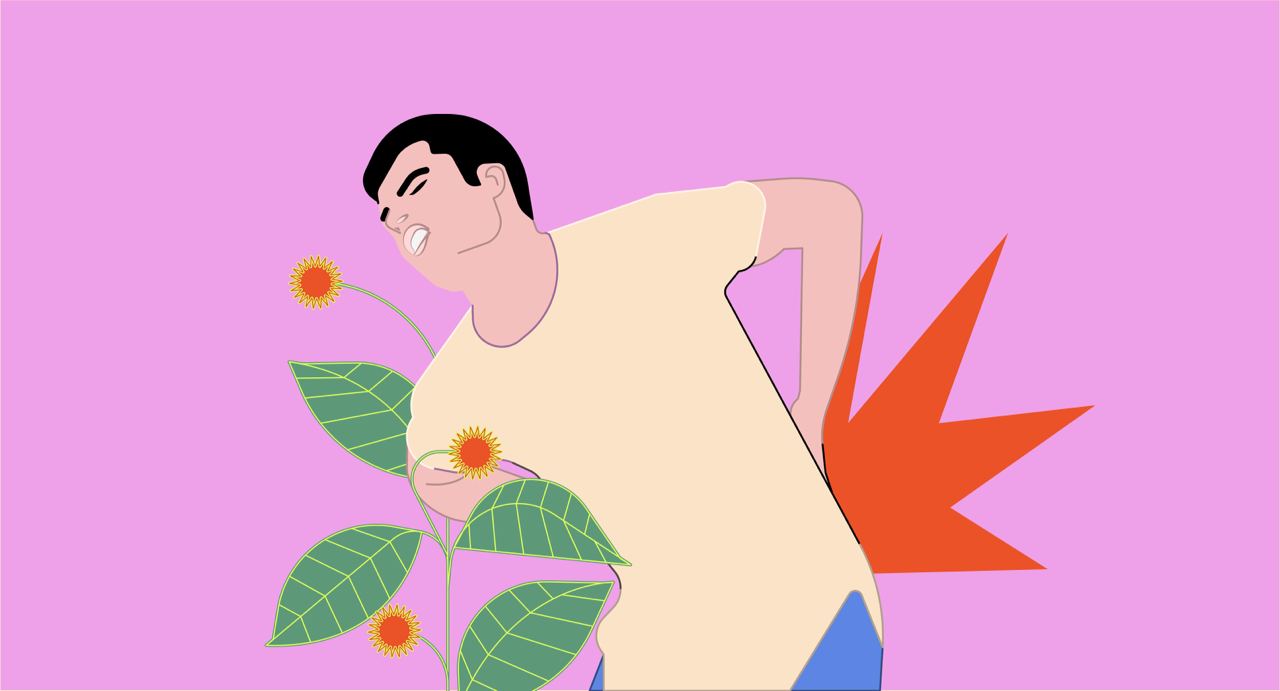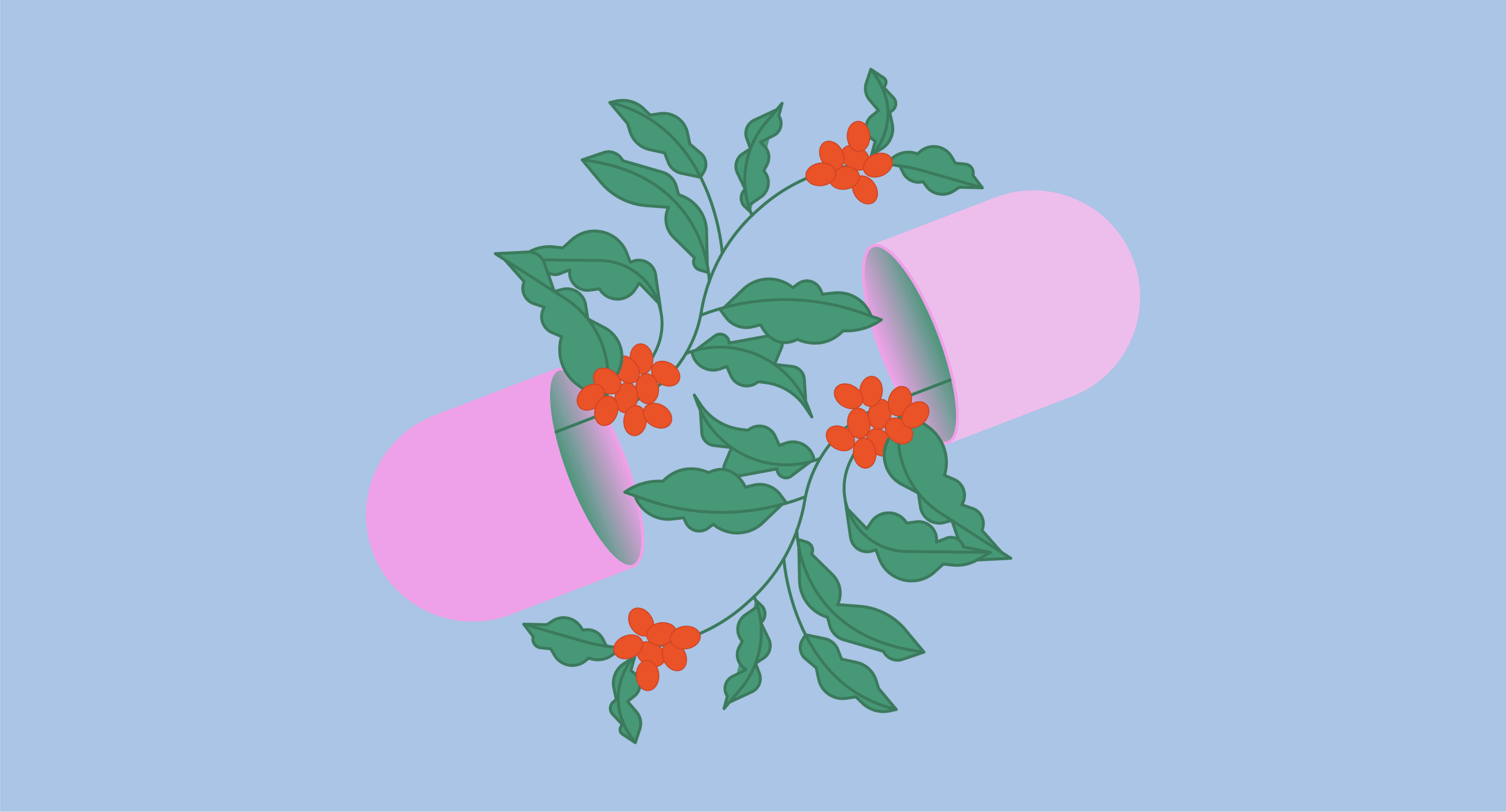Why Are There So Many Kratom Myths?
Ever since the herb has spread from Southeast Asia into the western world, it’s become an increasingly common staple in people’s medicine cabinets and supplement drawers.
Along with this well-deserved popularity has come a great deal of controversy.
The Thai government has banned kratom, and government institutions in the United States are currently seeking to make the plant illegal too. However, the motives for these prohibitions have little to do with the plant’s safety profile and more to do with political and financial reasons.
Kratom is also very complicated in terms of its biological effects. This is compounded by the fact that there’s a significant language barrier preventing most Westerners from being able to communicate with the people who are actually growing and processing the kratom in Southeast Asia.
As you can tell just from these few paragraphs, there’s a great deal to learn about kratom. Unfortunately, there’s also a lot of misinformation that is being spread about the plant. This is not always intentional. Oftentimes well-meaning vendors and consumers misinterpret the facts before sharing them with their friends or social media following.
Regardless, the misinformation can create confusion and, in a worst-case scenario, create a danger for the improperly informed kratom users.
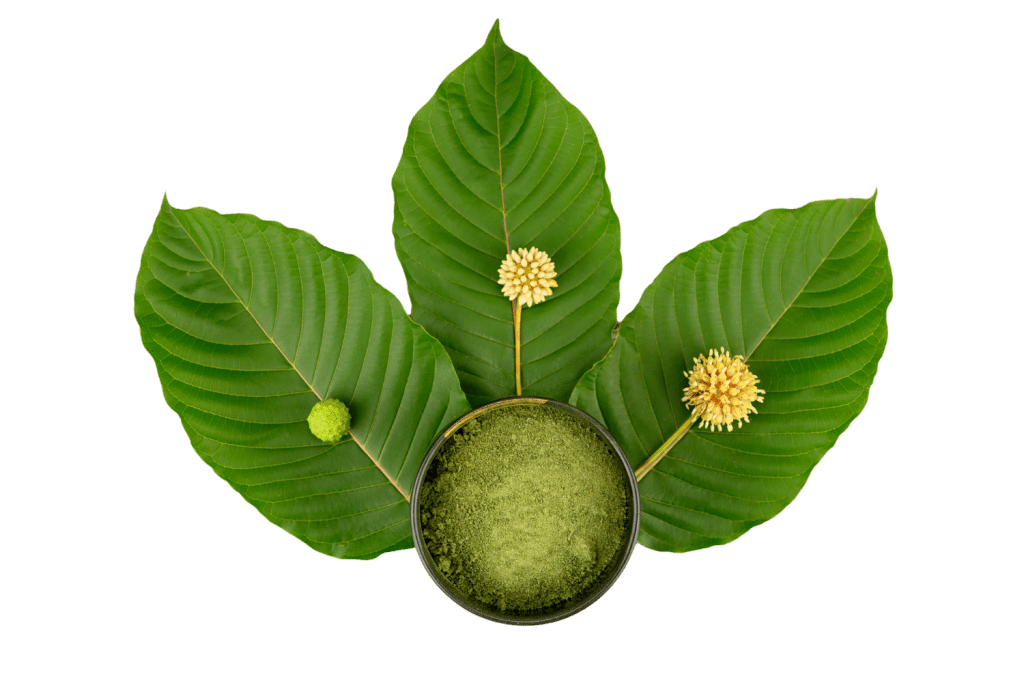
10 Kratom Myths: Explained
1. Kratom Is Dangerous
One of the biggest and most prohibitive myths about kratom is the idea that it’s dangerous.
While there are certainly some risks (drug interactions or side effects), the idea that kratom is inherently dangerous or deadly has no scientific basis behind it. There has never been a reported death from kratom that didn’t involve the use of other drugs or diagnosed underlying health issues.
Not only is kratom not dangerous, but it is also used as a tool to help people overcome addictions to drugs that actually are dangerous.
There’s a Massive Misinformation Campaign Against Kratom
If you do research on kratom using Google, you will likely be directed to a specific group of websites that are run by institutions and organizations associated with the FDA or DEA.
Most of the articles that appear will have titles making bold claims about the dangers of kratom. At the top of the list when you search the word “kratom” is an article from the Mayo Clinic titled “Kratom: Unsafe and Ineffective.”
Throughout this article are a bunch of claims about people dying from kratom without any legitimate evidence to back this up. Nothing.
This information mimics a report published by the FDA that has since been redacted for containing false information. In the report, the FDA claimed kratom was the cause of more than 37 deaths.
An independent group of kratom advocates examined this report in detail and found that all of these cases were much more likely the result of other causes. For example, one case involved a man who died from a gunshot wound that had trace amounts of kratom detected in his blood. The FDA shockingly decided to rule this death as a result of kratom use.

2. People Are Overdosing on Kratom
One of the ways that the FDA is actively campaigning against kratom is by suggesting people are overdosing on kratom.
This is a logical conclusion to jump to when you consider that kratom is an opioid agonist. It’s very easy to overdose on pharmaceutical opioid agonists, so it must be easy to overdose on kratom, too, right?
Wrong. It doesn’t take a ton of effort to find that there have never been any reported cases of people overdosing on kratom use alone. Kratom is a plant, which contains dozens, if not hundreds, of active ingredients. This is unlike prescription drugs which contain one active ingredient that targets one specific receptor.
The Dose of Kratom Is Self-Limiting
Kratom has a self-limiting action on its dose, which prevents people from being able to overdose on it.
If you take too much, you’re going to feel awful and throw up long before you reach the toxic dose. For the sake of comparison, let’s compare the lethal dose of kratom with a common prescription opioid: oxycodone.
The lethal dose of mitragynine (the most abundant alkaloid in kratom) is 547.7 mg/kg.
Mitragynine makes up about 66% of the total alkaloid content of the plant, and the average plant has about 1.5% alkaloids per dried weight. This brings the lethal dose equivalent of mitragynine to around 55,323 mg (55 grams) per kg of bodyweight.
The average human is around 80 kg (give or take) — which means the lethal dose of kratom is somewhere in the realm of 4000 grams. Good luck taking that much kratom. Twelve grams is considered a high dose for this stuff, and by 20 grams, you’ll likely be feeling very nauseous and unwilling to take any more.
Compare this to oxycodone, which is 0.14 mg/kg (orally) — which works out to just over 10 mg (as little as two Oxycontin 20 tablets). These pills are designed to release slowly, which prevents users from overdosing as easily. However, in 2019, nearly 12,000 people in the US alone died from overdoses of oxycodone or related semi-synthetic opiates.

3. Kratom Is a New, Dangerous Street Drug
This myth is being shared in the form of sensationalist headlines on mainstream media networks, but there’s little truth to this.
For starters, kratom is not new — it’s been used for hundreds, if not thousands of years in Southeast Asia, where it grows naturally.
Secondly, this isn’t a street drug — you’re not going to find local street dealers pushing kratom. You simply can’t use this stuff the way you would use prescription pain pills or illicit drugs.
You can’t inject kratom, and there’s no point in snorting or smoking it.
Kratom is Not New & The Majority of Kratom Users Take It Medicinally, Not to Get High
There is a common misconception that the majority of kratom users are simply trying to get high. There’s no doubt that there is a thriving recreational kratom community.
However, the majority of people using kratom are using it for legitimate medical uses.
It’s most often used as an alternative to prescription pain pills, sleeping pills, or anxiety medications which carry a much greater risk of side effects and addiction.

4. Kratom Does Not Cause Side Effects
Because kratom is not a dangerous herb, some people go as far as suggesting that kratom causes no side effects. Unfortunately, this is simply not the case.
Kratom might not cause any side effects that will put your health at serious risk. However, it can certainly cause some side effects, a few of which might be concerning if you’re unprepared for them.
In the short term, kratom can cause side effects like dizziness, nausea, brain fog, constipation, dehydration, insomnia, and anxiety.
Heavy, long-term use can cause problems with memory, changes in your hormonal balances, addiction, and dependence.
Most of the short-term effects are the result of taking too much kratom at one time. Long-term effects tend to emerge when you do this over a period of weeks or months. In both cases, side effects will disappear once you decrease the amount of kratom you’re taking.
The best way to avoid both short and long-term side effects is to maintain awareness of how and why you’re using kratom. If you find you need to take much larger doses to get the same benefit, it might be time to take a break from kratom.
You should also aim to take the lowest dose necessary to get the desired results. There’s no reason to take a very large dose of this stuff unless completely necessary. Stick within the recommended dosage recommendations of 1–5 grams of powder for stimulating or energizing effects and 5–12 grams for sedating, anxiolytic, and painkilling benefits.
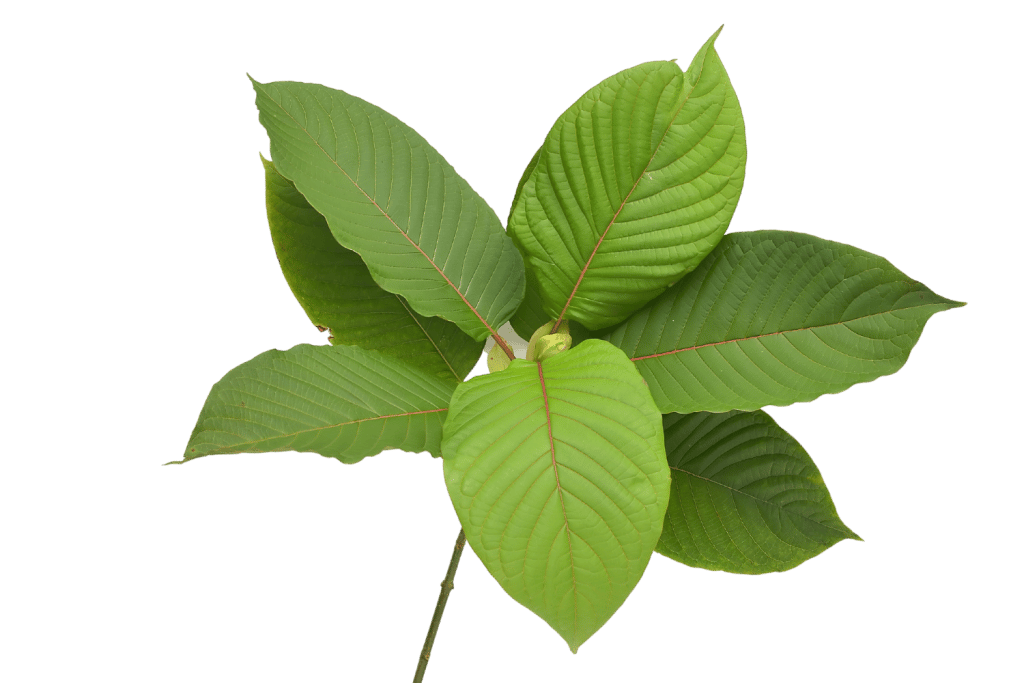
5. Kratom Is Not Addictive
The myth that kratom is not addictive is detrimental to the kratom community. Many kratom users will tell people that the plant is non-addictive in hopes that this will encourage them to try it out without fear. We’ve also seen this on lots of different vendor sites.
While it’s true that kratom is less addictive than the substances it’s used to replace (like opiates or benzodiazepines), it can still form dependence and tolerance over time.
Kratom Is Less Addictive Than Synthetic Opioids
It’s pretty difficult to quantitatively evaluate exactly how addictive something is. This is because there are many different factors at play with addiction.
You can become addicted to substances like heroin, which causes physical addiction. Physical addiction is characterized by severe side effects when the substance is no longer used (AKA withdrawal).
You can become psychologically addicted to something — such as gambling, sex, or work. This addiction has the same impact on our health and well-being but won’t cause physical side effects when we stop using it.
Most physical addictions begin as psychological addictions. When you take something that makes you feel better — either by eliminating persistent pain or giving you the opportunity to finally relax for a little while — you may become addicted to the substances or activities that give you this feeling of release.
This is definitely something that can happen with kratom and prescription drugs because of how effective it is at blocking pain or eliminating pain or anxiety.
But the similarities end here.
Opiate painkillers are substantially stronger than kratom and will result in physical dependence much faster. These substances are so strong; the body is forced to make changes to the opiate receptors to maintain balance. This is the basis of physical dependence and addiction. When you stop using the drug, the changes the body made now push us out of balance, resulting in opiate withdrawal symptoms.
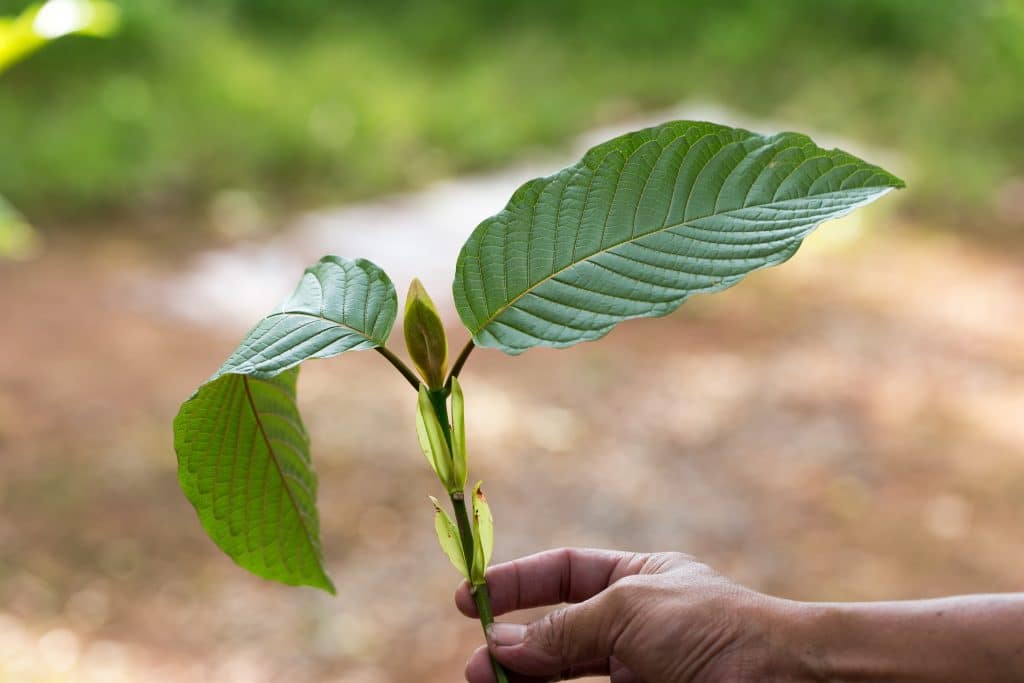
6. Different Kratom Strains Come From Different Trees
If you’ve ever tried to browse an online shop to purchase kratom, you’ll find a huge number of different kratom strains on offer. Many people believe that each strain comes from a unique species of kratom.
This simply isn’t the case. All kratom comes from one species of plant — Mitragyna speciosa.
The different strain names tell you more about the region that the kratom was grown in and the way that it was processed and fermented after being harvested.

Strains grown in one part of Indonesia, for example, may have a longer duration of effects compared to strains grown in a different region.
7. The Color of a Kratom “Vein” Is Determined By When It Is Harvested
The general consensus in many kratom forums is that kratom colors are named after the vein on the underside of the leaf. This should be the case, and it likely was the basis for naming kratom products back in the day — but this is no longer the case.
Our correspondence with Indonesian kratom growers proves to us that this isn’t actually how this is applied in practice.
The color of the strain is determined by the fermentation process, and the vein on the underside of the leaf bears no significance to the time of year. Growers will usually harvest plants while the veins are still green in color and apply different processing methods to it to change them to white or red veins instead.
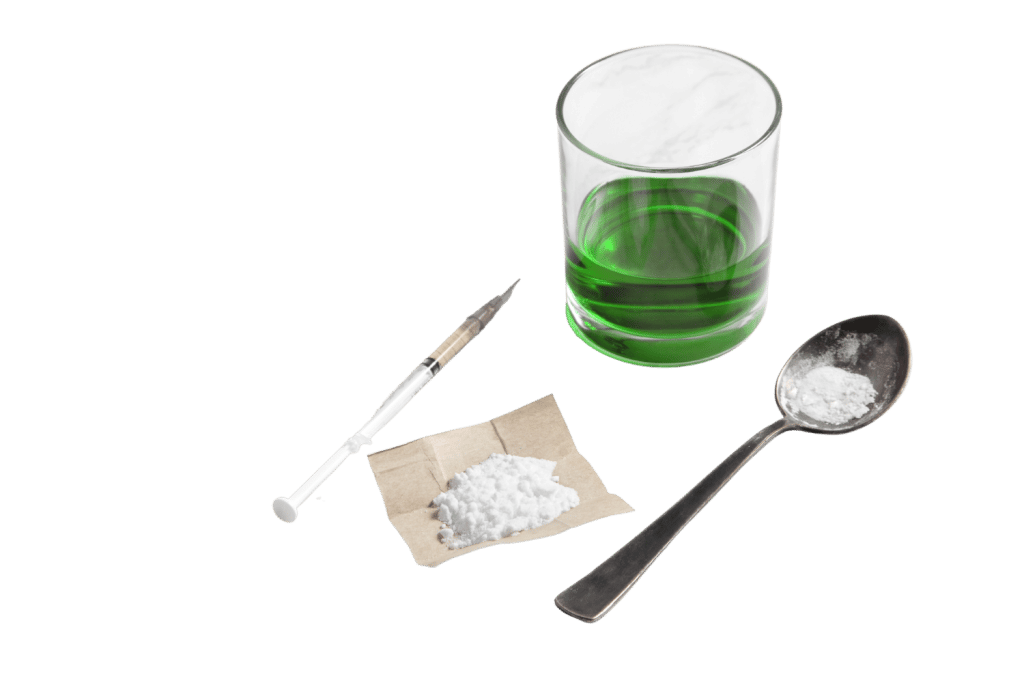
8. People Regularly Smoke, Snort & Inject kratom
There have certainly been a lot of people who have tried snorting or smoking kratom. However, the vast majority of these people quickly decide that one is enough.
Firstly, the sheer amount of kratom powder that has to be smoked or snorted to produce any effect makes it virtually unusable in this form.
Snorting raw plant material is bad news in general. It will quickly clog up your sinuses and is going to feel very uncomfortable.
Anyone who has accidentally had a teaspoon of raw kratom powder coat the inside of their mouth or throat will attest to how unpleasant this will be. This unpleasantness would be about tenfold worse in your sinuses.
Injecting kratom powder would just be plain stupid. Even if you were able to suck the powder up through a syringe, the risks of injecting powdered plant material into your veins are extreme. This could be extremely dangerous and would almost certainly cause injuries, if not death.
Isolated extracts of some kratom alkaloids could probably be injected. However, because these compounds are so hard to isolate, there have been very few experiments done in this regard. On top of this, injecting isolated extracts would be on par with injecting synthetic opioids, which removes all the benefits of using the plant in the first place.
There Are Many Different Ways to Consume Kratom
There are lots of different ways that people can consume kratom aside from smoking, snorting, and injecting it:
- Kratom Tea — This is the most common method of using kratom, by far. It’s cost-effective, simple, and provides consistent results.
- Kratom Capsules — The taste of kratom tea isn’t great, so many people fill the powder into capsules instead to hide the taste.
- Kratom Tincture — Tinctures are basically liquid versions of herbs. You can simply mix it with some water or another drink to turn your kratom into a drink. Mask it with some juice to improve the flavor.
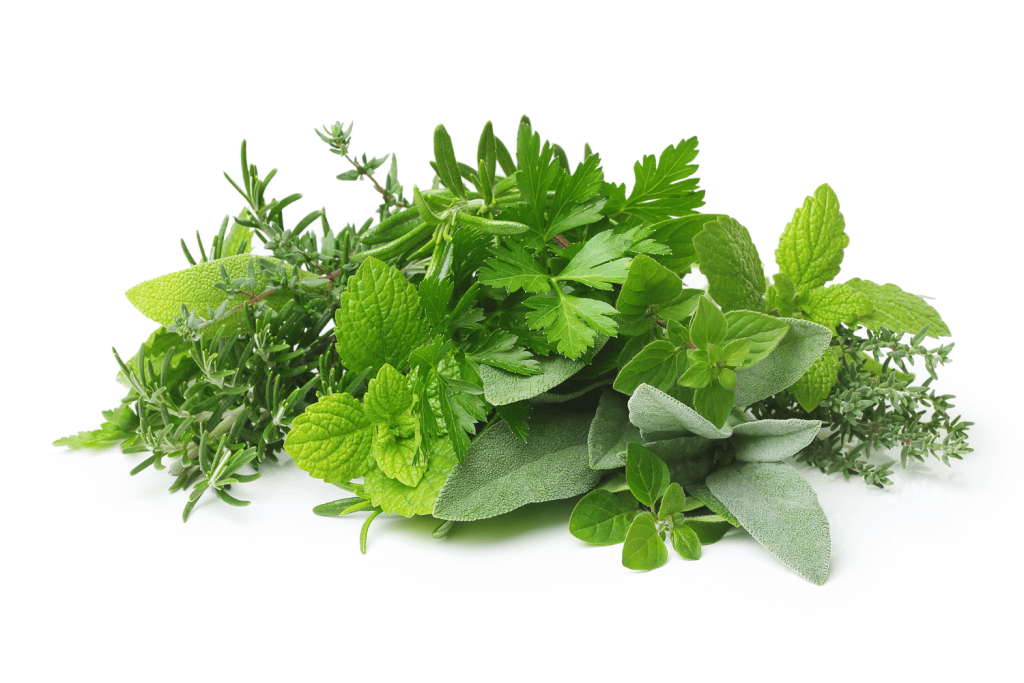
9. Kratom Is Safe Because It’s a Herb
This falls under the infamous logical fallacy called — appeal to nature. The idea that just because something is natural, it must also be healthy is fundamentally flawed. Consider the destroying angel mushroom (Amanita phalloides). Just one cap of this mushroom contains enough poison to kill three grown men.
While kratom might be safe, this has very little to do with the fact that it’s a herb. There are plenty of herbs that are not considered safe.
Kratom Products Can Be Adulterated
There has been at least one case of a kratom product being adulterated. The product in question was an especially potent extract blend called Kryptonite. Nearly a dozen people died from this preparation because the manufacturer was adding an opioid called tramadol to the powder to make it stronger. Unfortunately, the manufacturer didn’t understand the right dose of tramadol (which shouldn’t have been in there in the first place).
There have been other cases like this, which highlight the importance of regulation in this industry and the need to seek out products from reputable vendors only.
10. Kratom Causes False-Positive Drug Tests
Kratom may contain a number of compounds that affect opioid receptors. This has a lot of people jumping to the conclusion that kratom can trigger a positive on a drug test for opiate drugs like heroin.
Despite the fact that they cause similar effects as conventional opioids, they have an entirely different molecular structure. This means that they won’t be detected by drug tests looking for opiate drugs.

Kratom Facts & Insights
Here are a few additional kratom facts that can provide more insight into the kratom situation.
Fact #1: Kratom Can Be Chewed Straight Off the Tree
Most of the kratom you’ll find today comes in powdered form. However, historically, kratom leaves were chewed fresh.
Much like chewing tobacco can be enjoyed as a focus booster during study or work, kratom leaves can be chewed to provide extra strength and endurance during long workdays. People working in the jungles or on farms could simply pluck a few kratom leaves and pop them into their mouths to get an extra boost of energy.
Chewing kratom causes the effects to come on much more gradually. It would require a fairly large amount of chewed kratom to produce any serious sedating or painkilling benefits.
Fact #2: Kratom Was Banned By the Government of Thailand
Despite the fact that kratom grows naturally in Thailand, it was at one time made illegal by the Thai government. The government produced propaganda and misinformation to convince the population that kratom was unsafe and dangerous.
At this time, the Thai government currently had a monopoly on the opium trade. Kratom contains alkaloids that caused similar effects to opium. Since it’s easier to obtain, many people in Thailand chose to use kratom instead of opium. It was also discovered that kratom could be useful for helping people get over a serious opium addiction.
The government began to lose a significant amount of profit due to the loss of opium customers. However, after prohibiting kratom, members of the general population, as well as those in nearby countries, realized that the plant did not contain any inherent dangers and began to disagree with prohibition.
Fact #3: Kratom Is Legal in the United States
Although some states have made it illegal to possess, purchase, or use kratom, the plant is still considered legal at the federal level. According to the Federal Controlled Substance Act, kratom is classified as a drug of concern but isn’t prohibited.
Whether or not these changes in the next few years will be determined by the ongoing struggle that the American Kratom Association faces with the FDA.
Wisconsin, Indiana, Vermont, Arkansas, Alabama, and Rhode Island are the only states that have made kratom illegal.
Related: Is Kratom Legal? A State-by-State Analysis.
Summary: Kratom Myths & Misinformation
As you can see, there’s a lot of myths being passed around about kratom these days — and we believe it’s only going to get worse.
It’s not always easy to sort out the truth of the matter, especially because those familiar with kratom live in far-off countries. The language barrier and difficulties with communication can make it hard to get direct information.
Furthermore, some of this misinformation is intentionally being spread by organizations that have a financial interest in suppressing kratom.
Because of the incredible potential of this plant, we believe it’s very important to make sure that accurate information is available to everyone.



